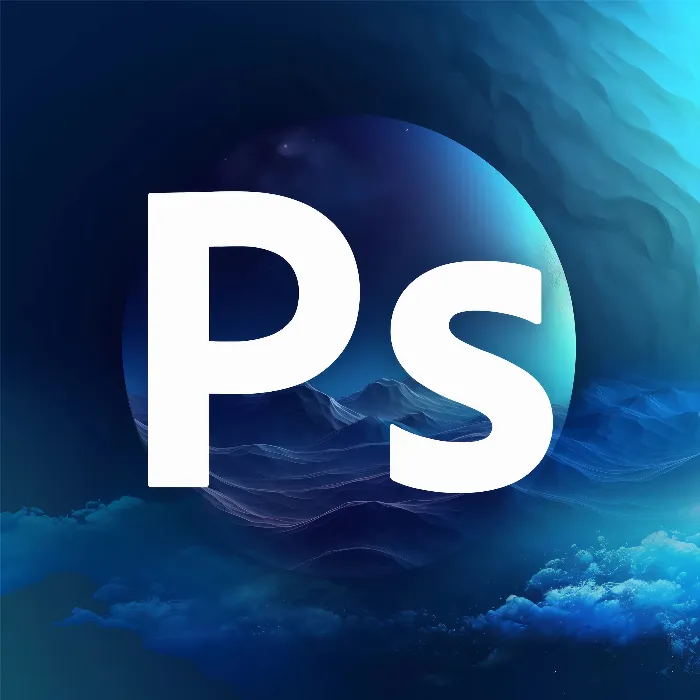In this guide, I will show you how to create a realistic artificial sun with sunbeams in Adobe Photoshop. Whether you want to enhance your photography or create impressive graphics, this step-by-step guide will help you achieve the desired results.
Key Takeaways
- You will learn how to create a sun using color fills and gradients.
- Working with smart objects allows for more flexible design.
- Applying filters and layer masks ensures vibrant and realistic sunbeams.
Step-by-Step Guide
First, open Photoshop and prepare your workspace. Start by deleting all unnecessary layers to have a clear starting point.
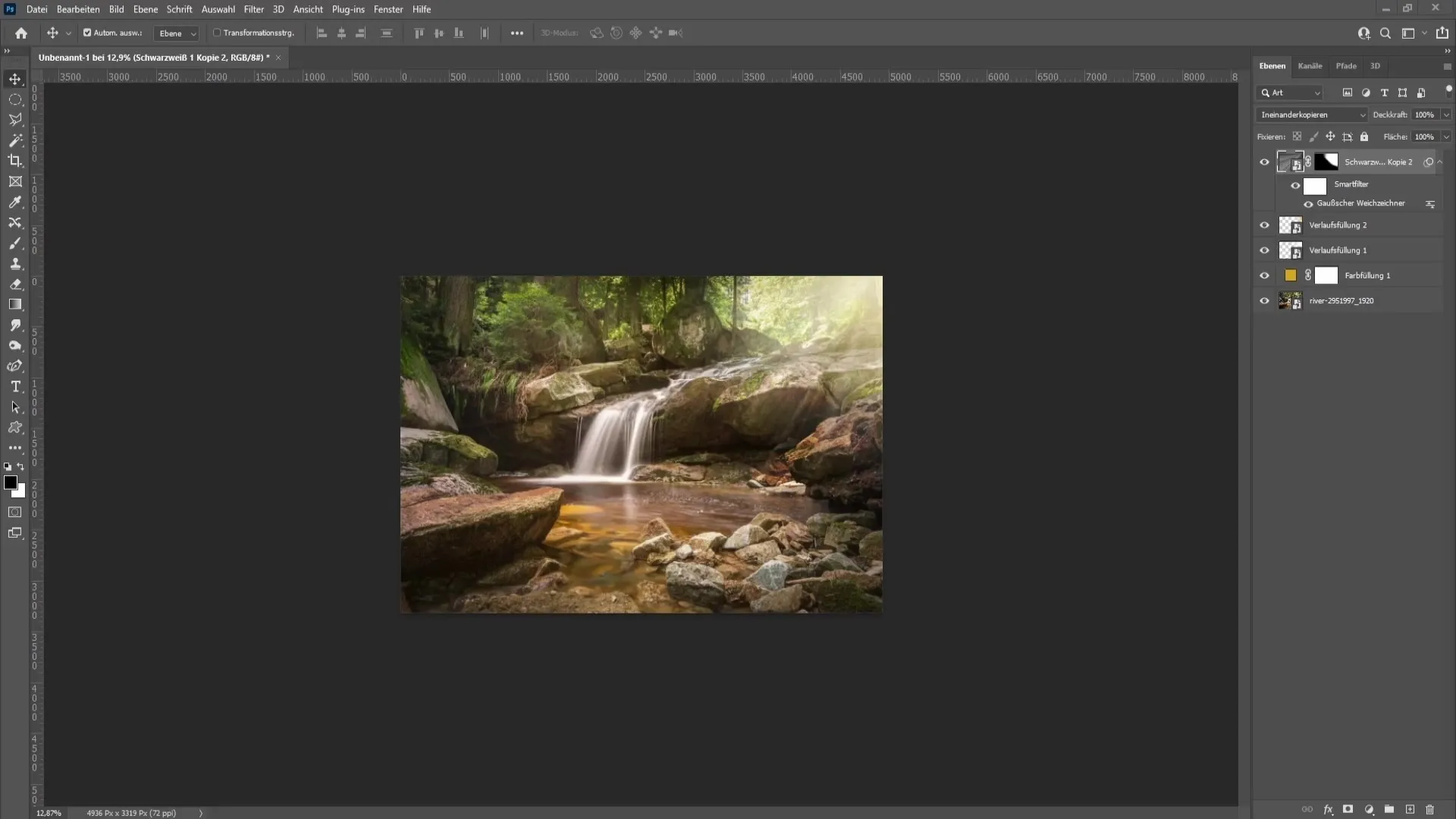
In the lower right corner, click on the Adjustments option and choose Color Fill. Now select an orange shade that matches your idea of a sun color. Confirm with OK and reduce the opacity of this layer to 5%. This will give you a summery look.
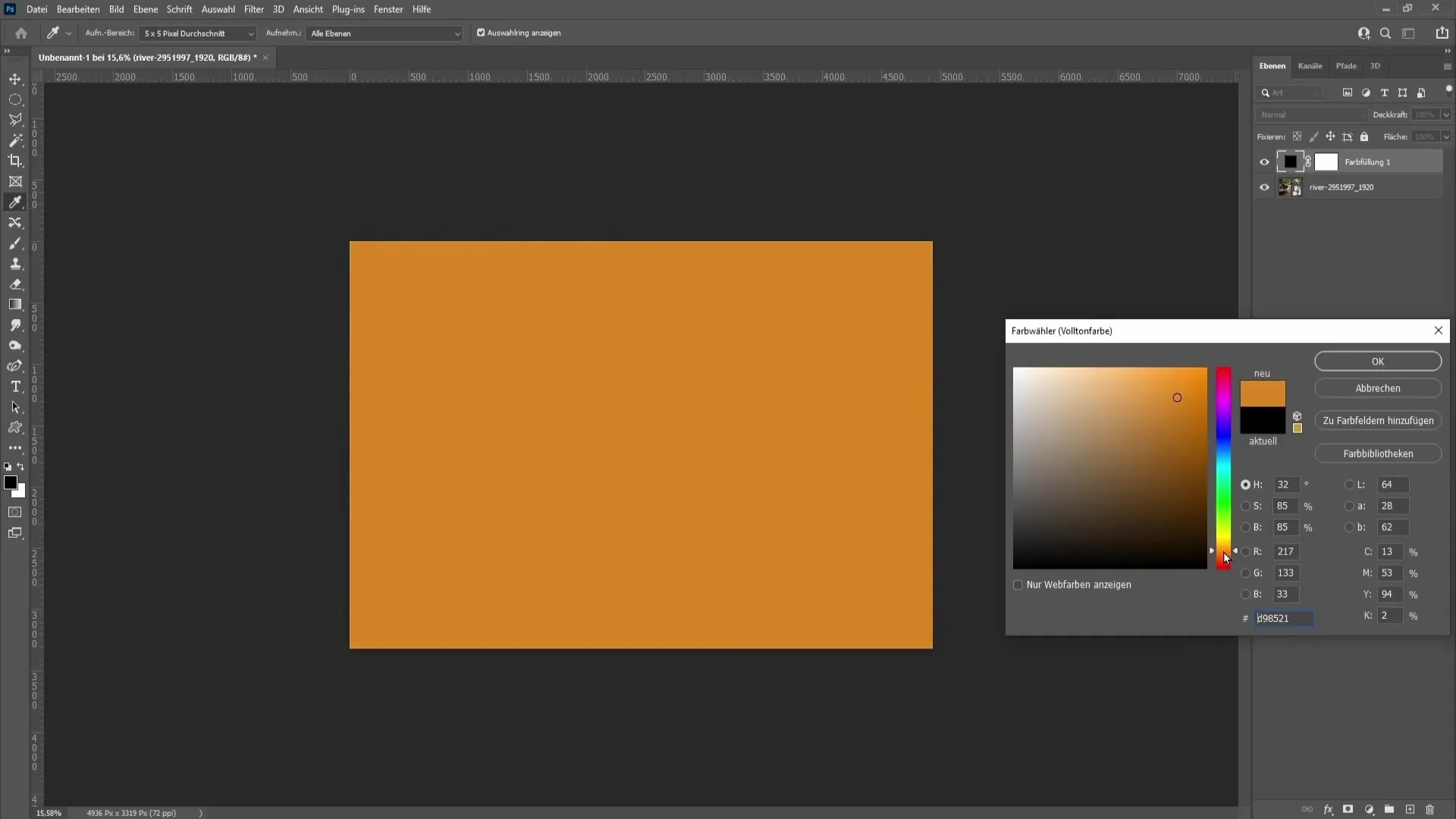
Next, let's start creating the sun. Click again on the Adjustments settings and choose Gradient. Set the gradient to "radial". Click on the gradient, choose a color, and make sure one of the colors is transparent while the other color is white. Confirm this selection by clicking OK.
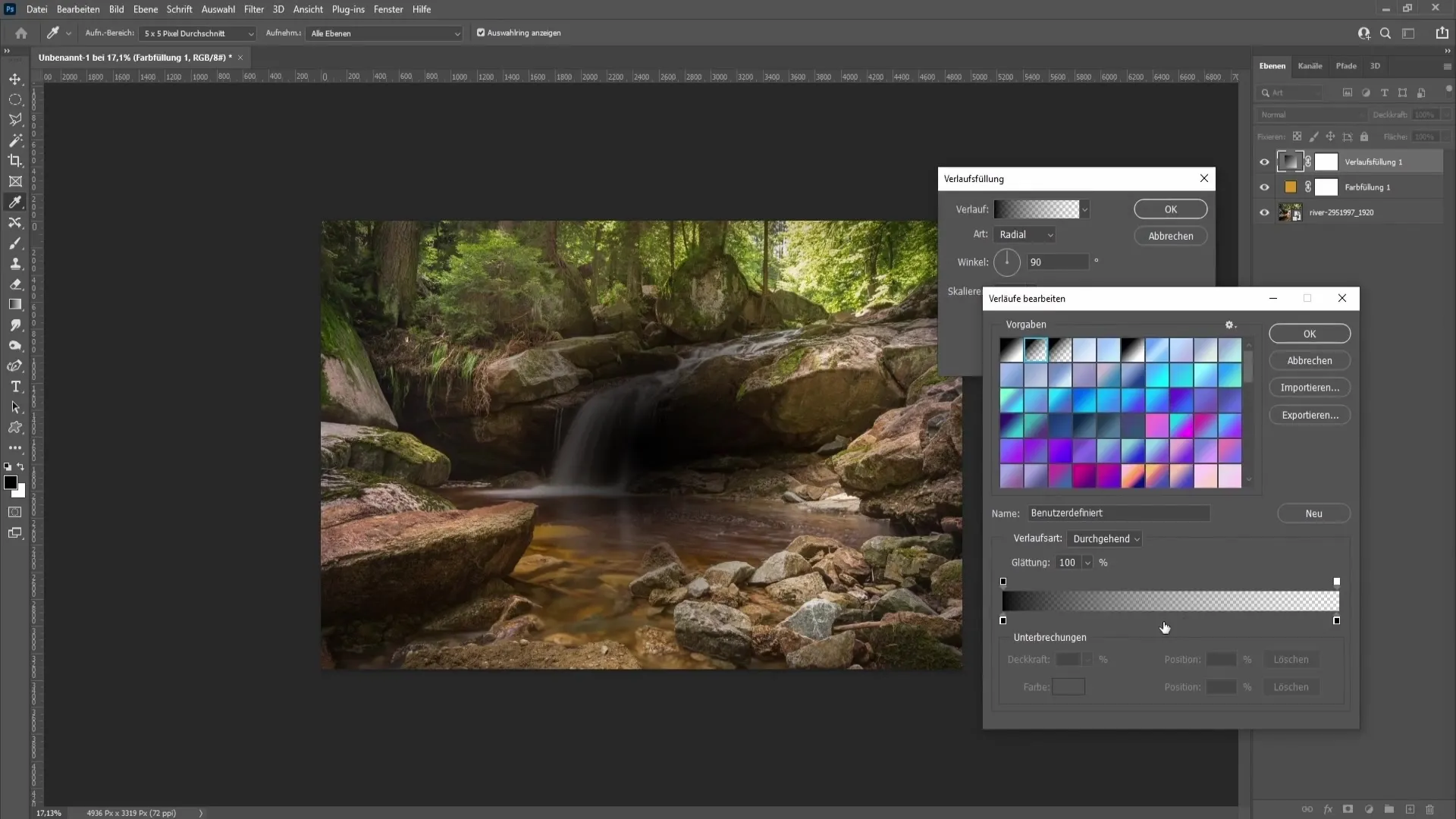
To duplicate the sun layer, press Ctrl + J. Then double click on the gradient element and choose the orange color with the eyedropper from the previous step. Confirm again with OK.
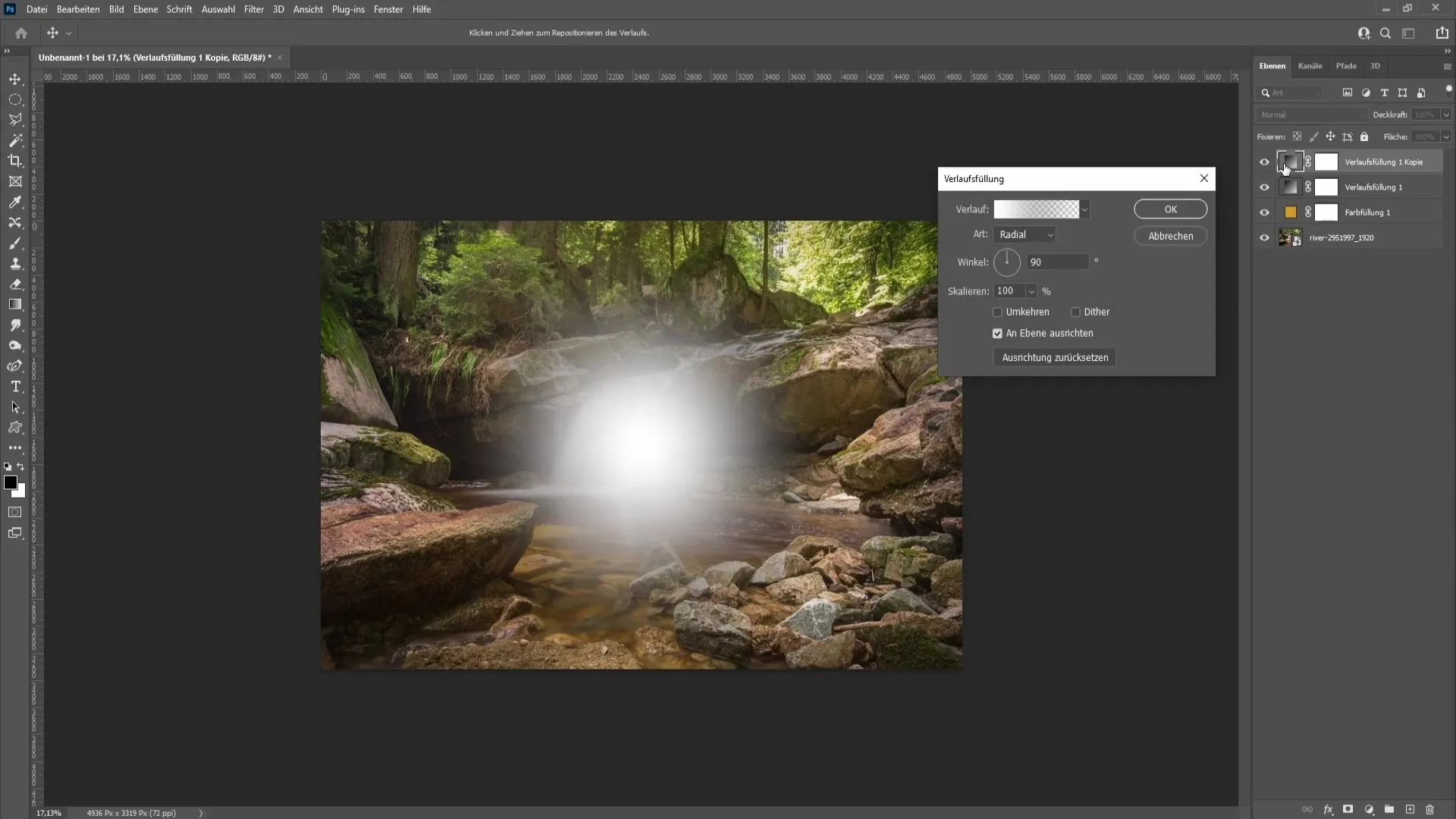
Convert the bottom layer to a smart object and do the same for the top gradient layer. Set the blending mode of the top gradient layer to "Screen" to enhance the dimension and effect of the sun.
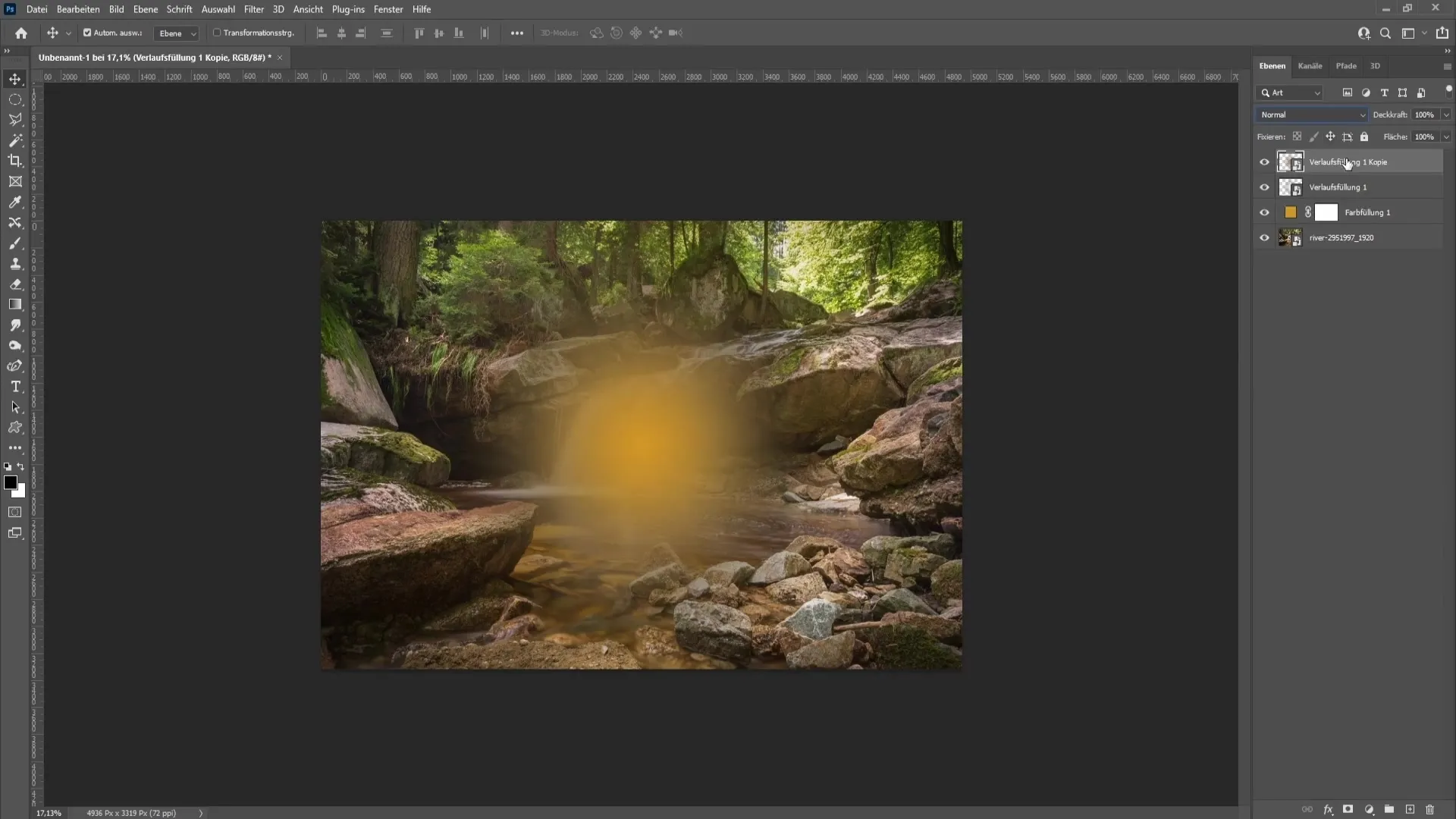
Select the underlying layer while holding down the Shift key and place the sun in the upper right corner of your workspace. Use Ctrl + T to further transform it if needed. Confirm your selection by pressing Enter.
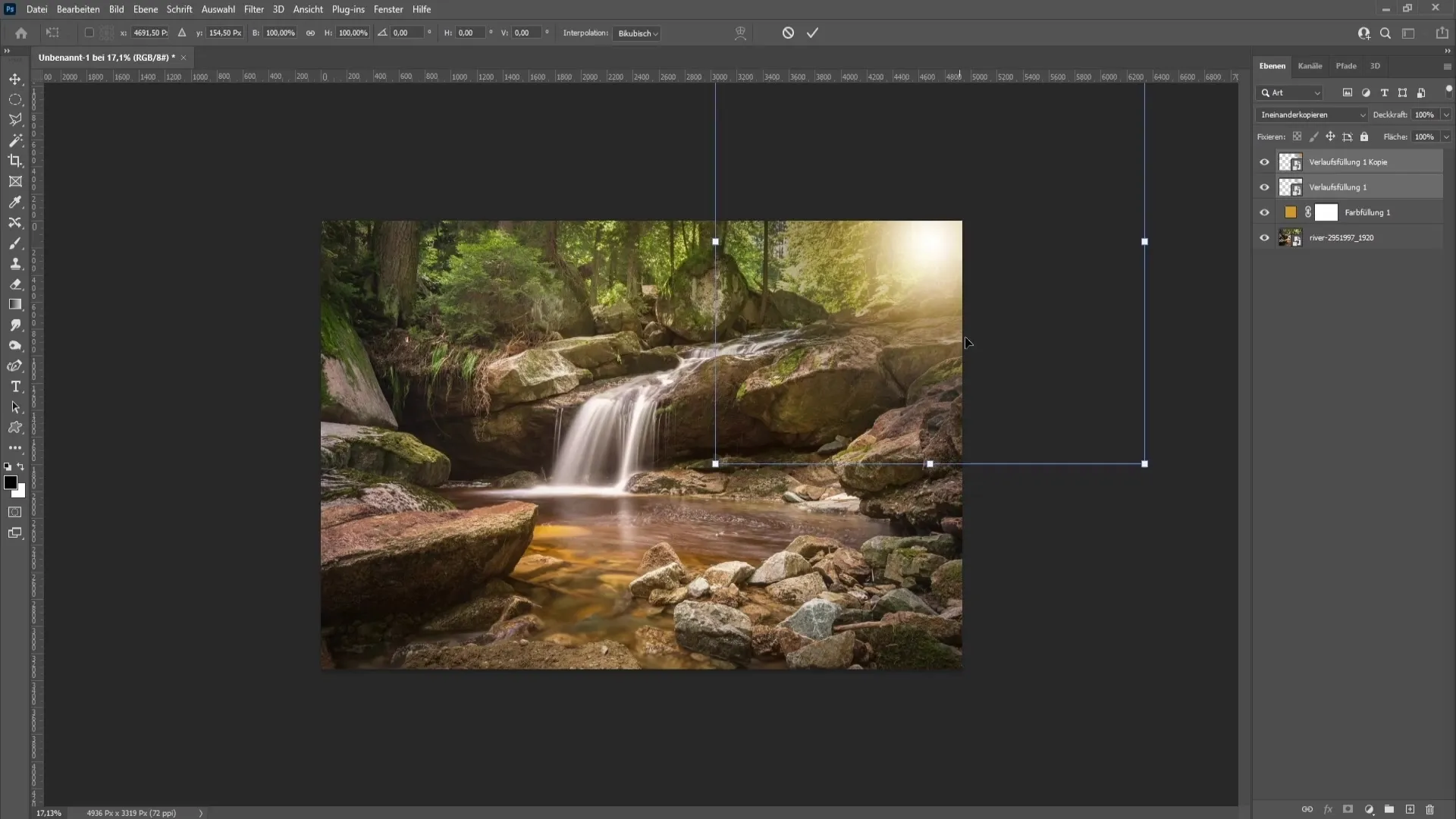
Now, adjust the opacity to harmoniously blend the sun and its colors. Select the white gradient layer and set the opacity to about 85%. Then change the opacity of the other gradient layer to 80% to achieve the desired effect.
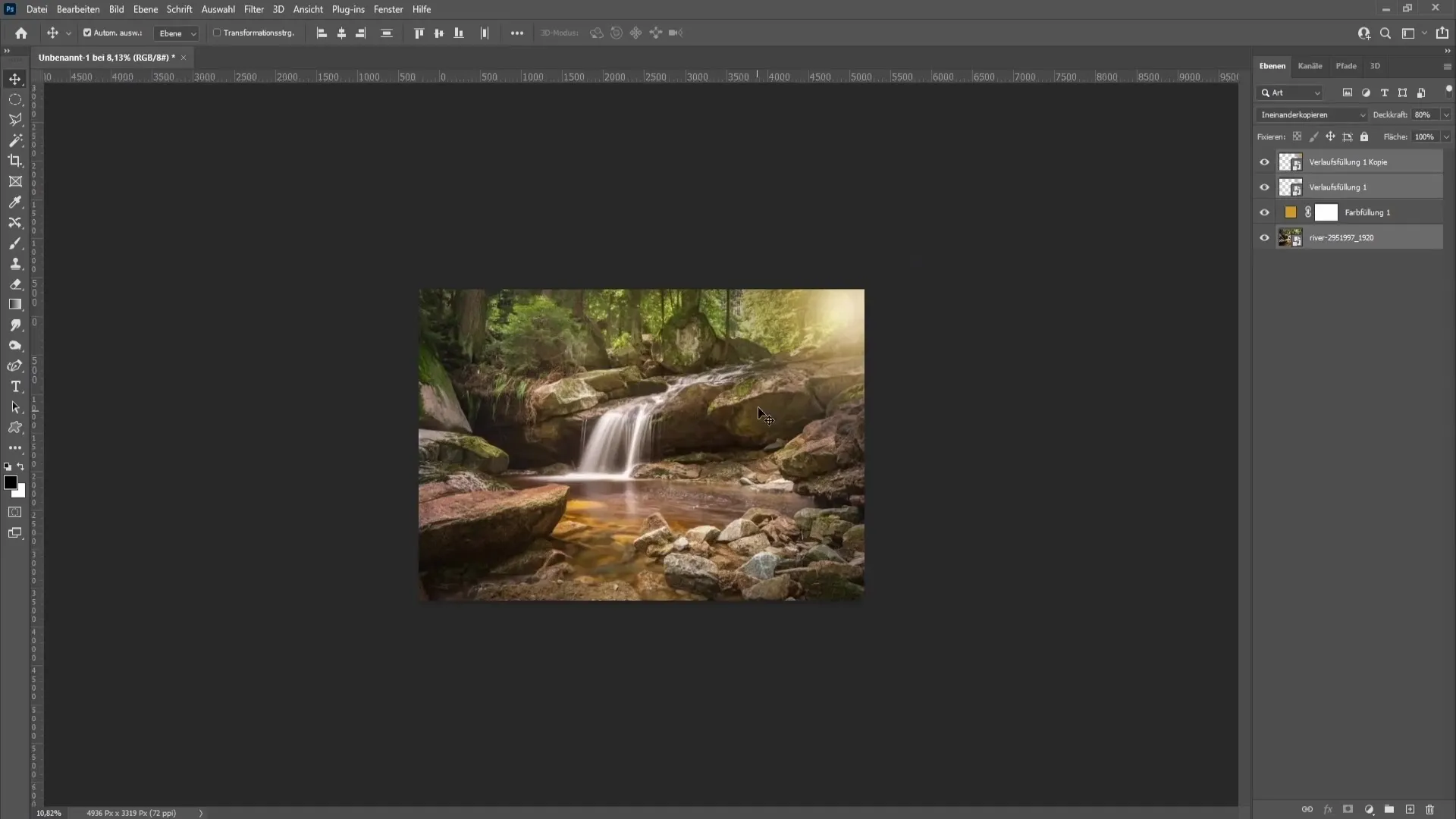
Now, onto another exciting part: the sunbeams. Create a new layer by clicking on the plus sign at the bottom right. Select the gradient tool from the left toolbar and make sure the third symbol is chosen. Click on the gradient and select the "Noise" option.
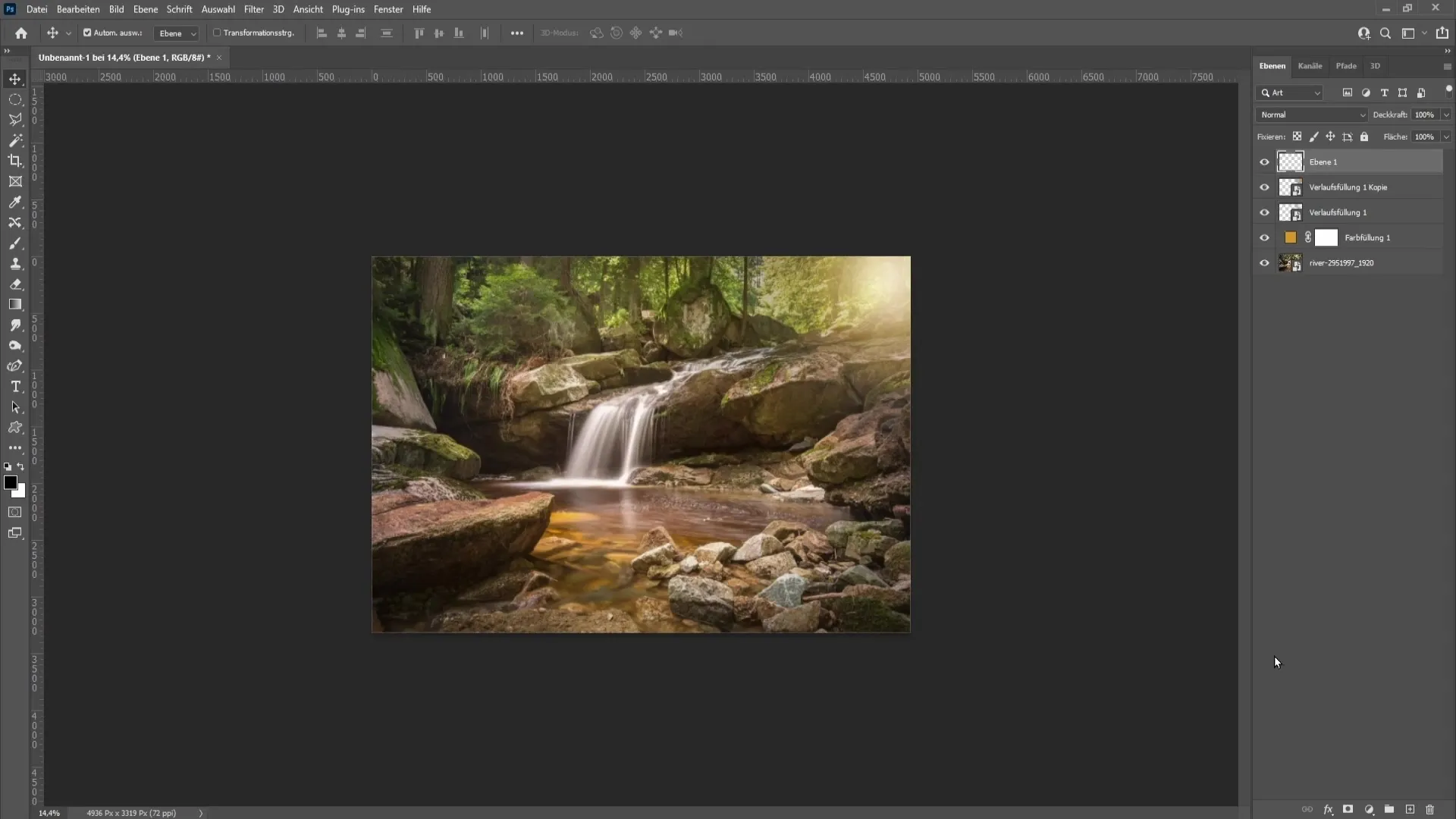
Set the color model to Lab and move the sliders in the A and B bars to define the sunbeams. You can also use the random parameters here to try out different looks. When you're satisfied, click OK.
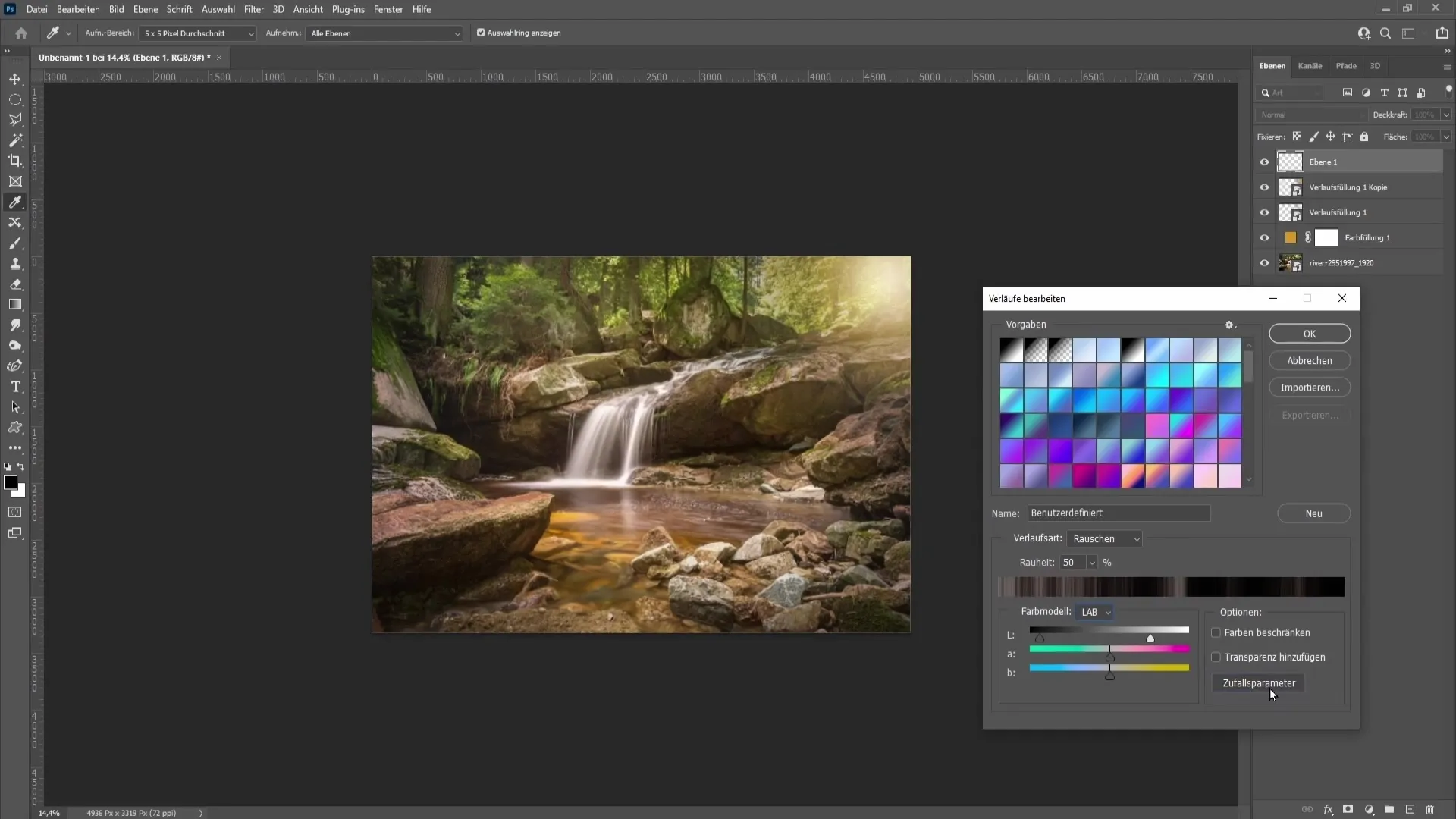
With the gradient tool, drag from the sun in any direction to create the sunbeams.
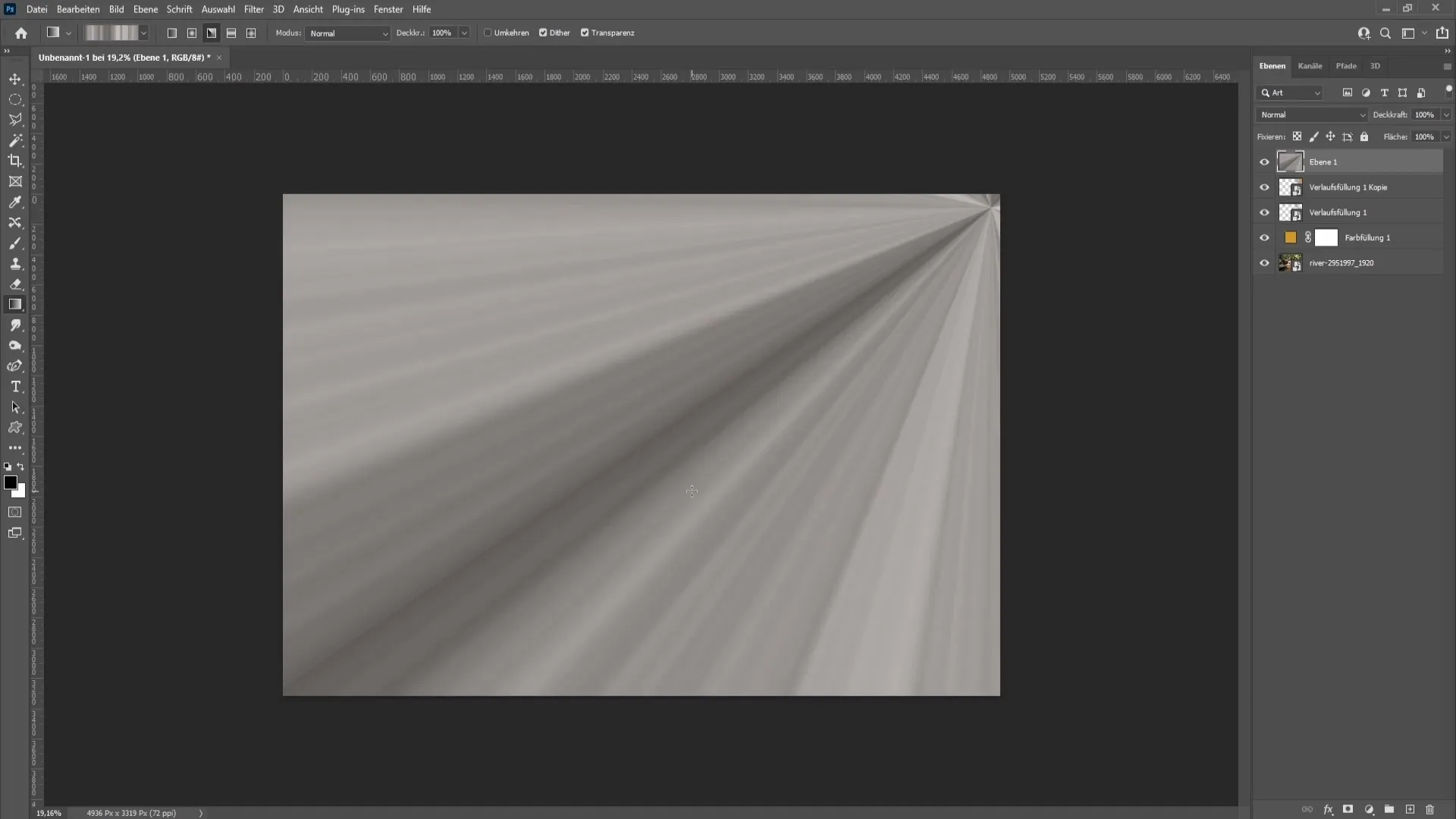
If the rays are not entirely black and white, apply a black and white filter and click on Auto to adjust the values automatically.
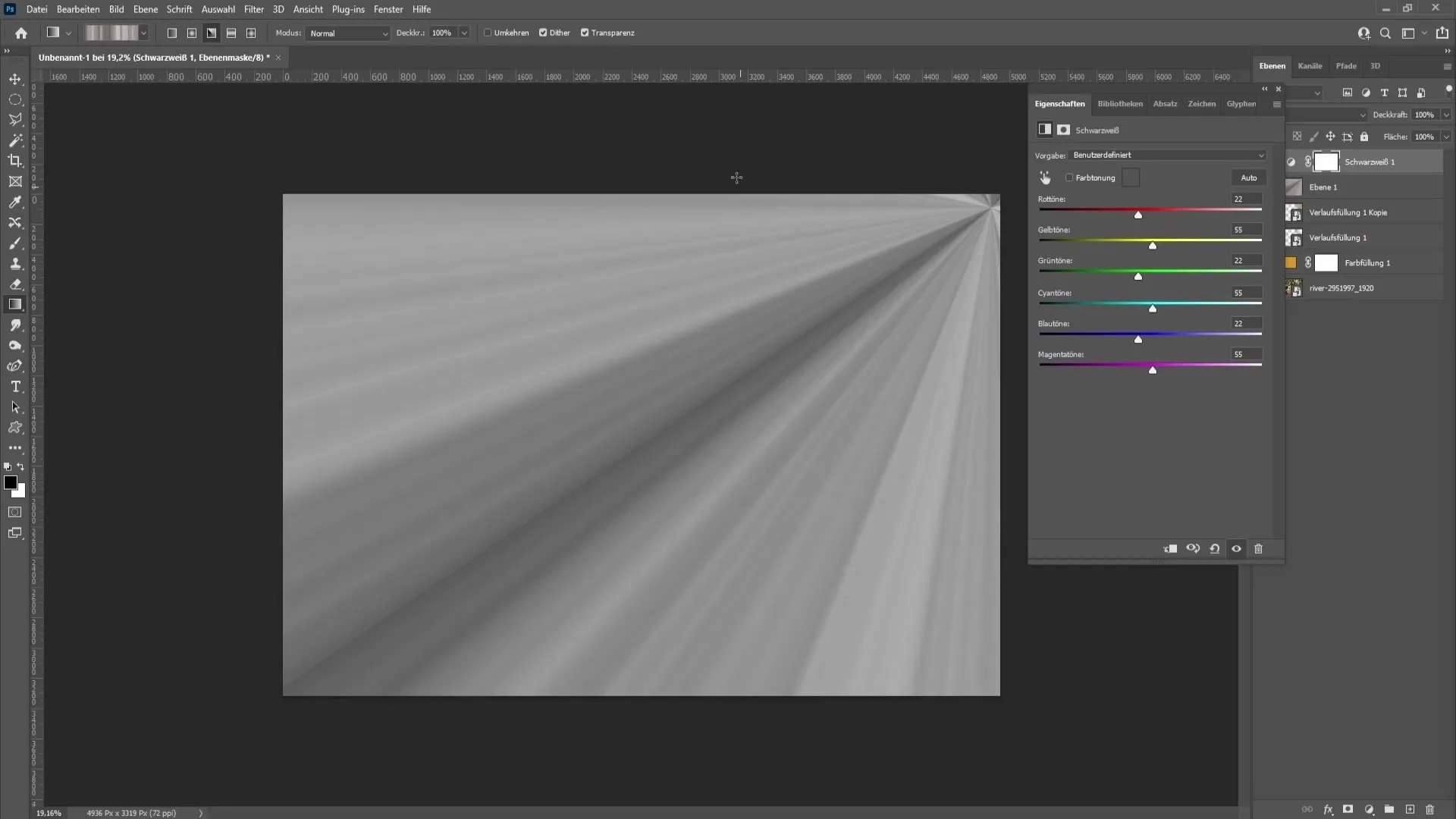
Group the two layers as a smart object, so you can further refine the rays. Set the blending mode to "Screen".
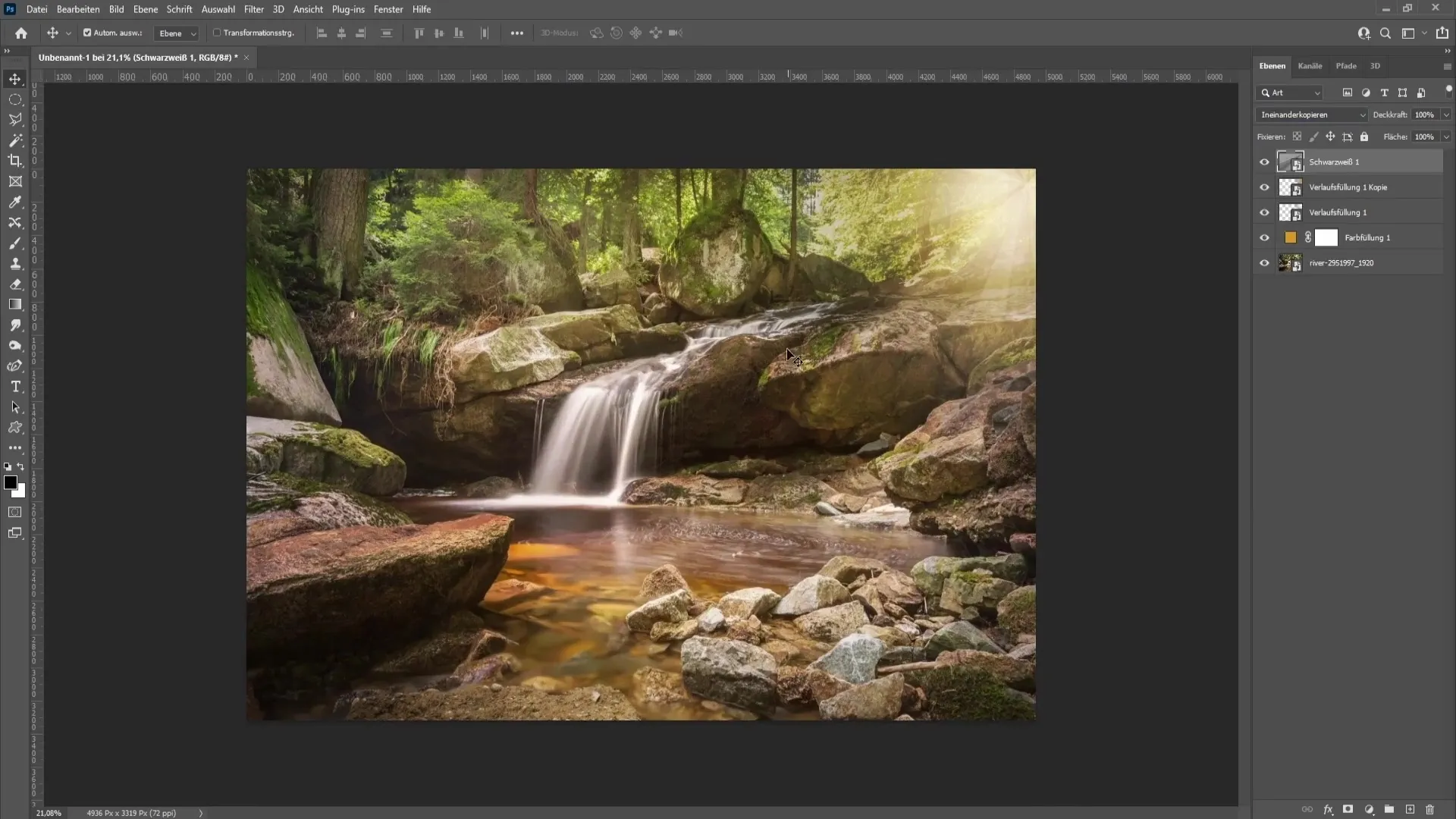
If the sun rays still appear too weak, apply a Gaussian Blur with a value of about 4.0. This will soften the edges and make them look more realistic.
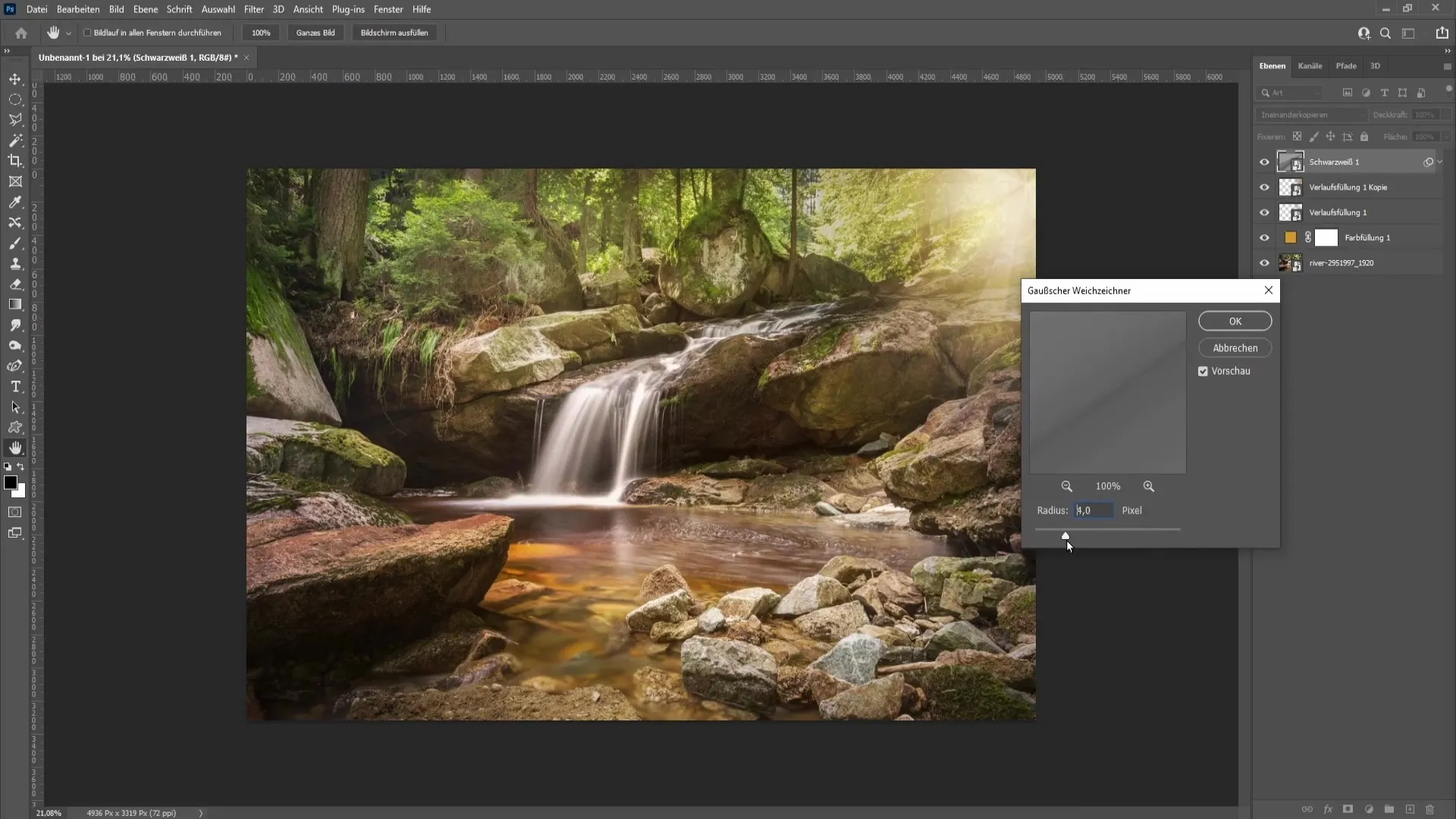
To remove distracting black lines, select a layer mask and use a soft brush with a hardness of 0%. Reduce the flow to about 4% and paint over the areas you want to remove.
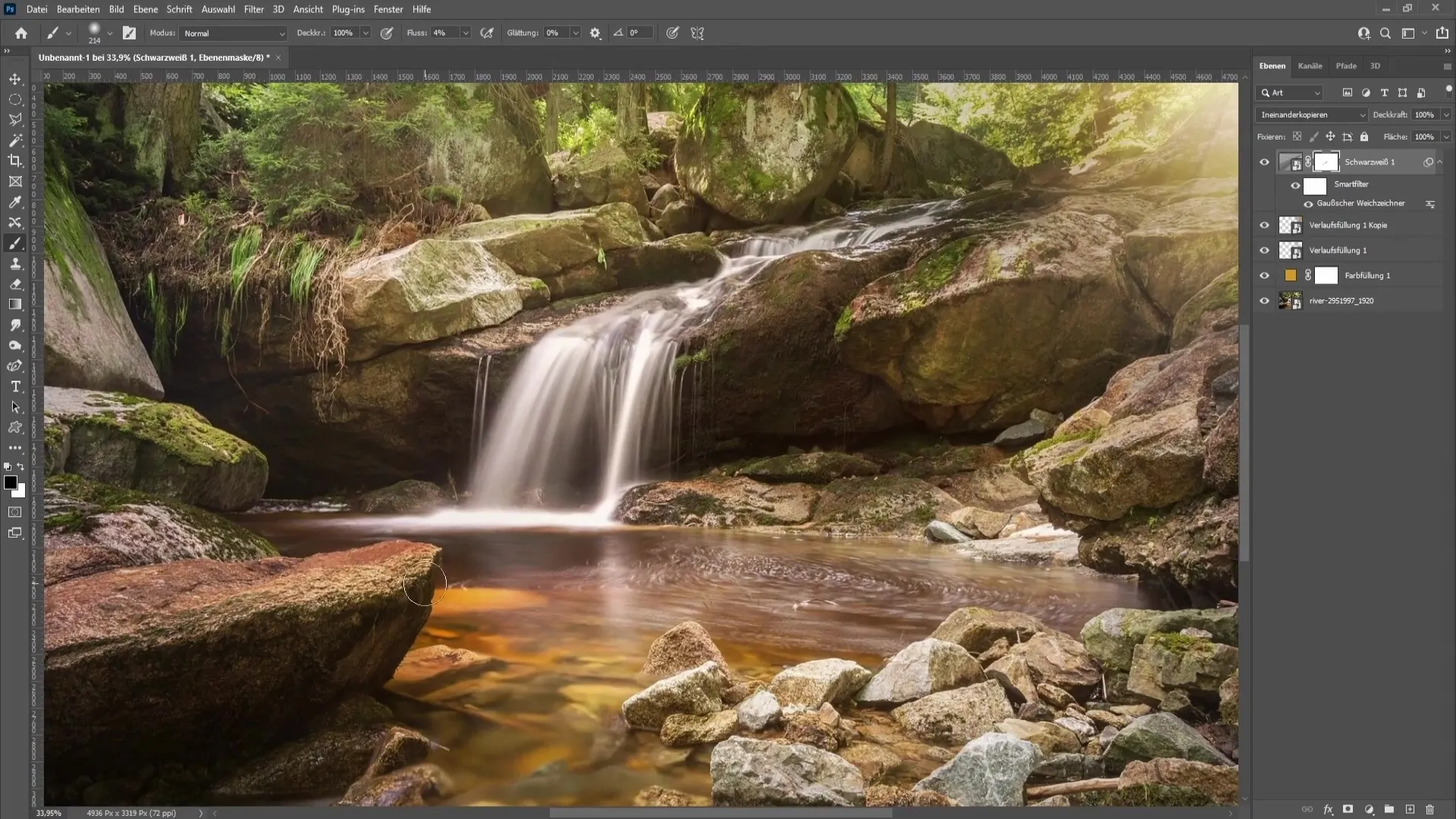
To enhance the overall design, duplicate the sun rays layer using Ctrl + J. This will intensify the effect. Press Ctrl + Z to undo if it becomes too strong.
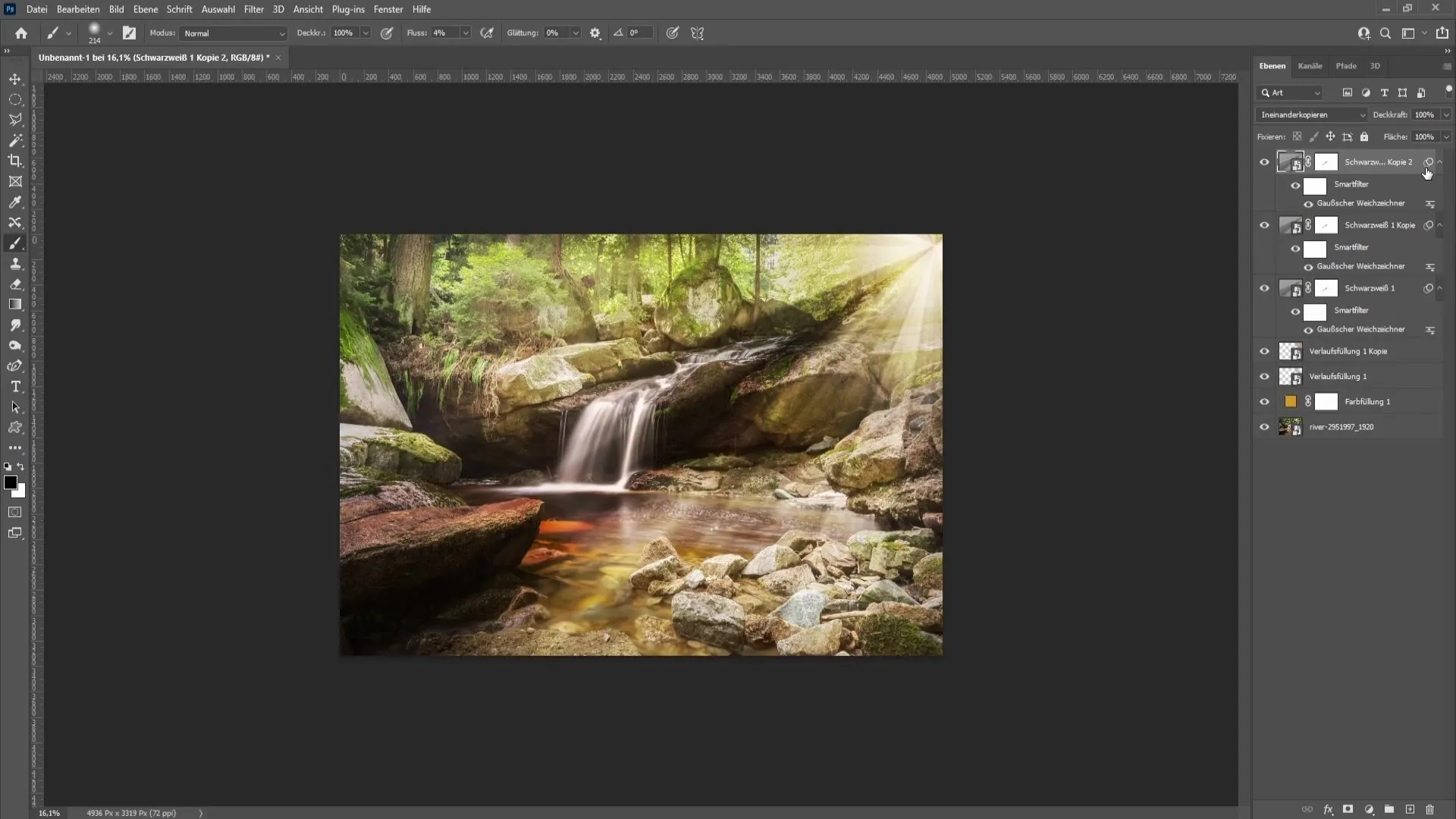
Reposition the sun rays as needed and transform them by pressing Ctrl + T again.
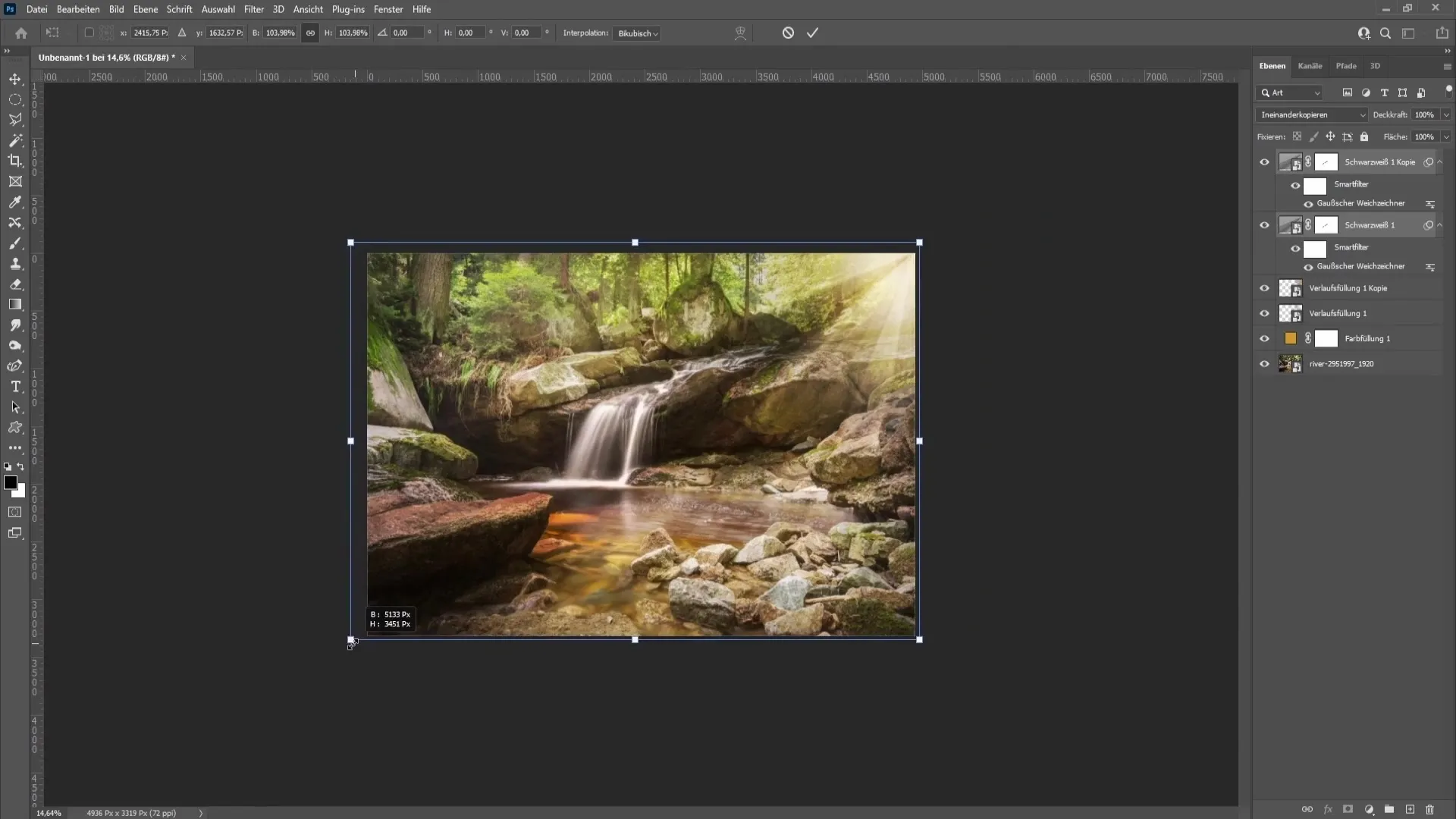
If you want to further adjust the opacity, simply go to the layers and reduce it to your liking. Make sure the rays are not too overwhelming and blend harmoniously with the rest of the design.
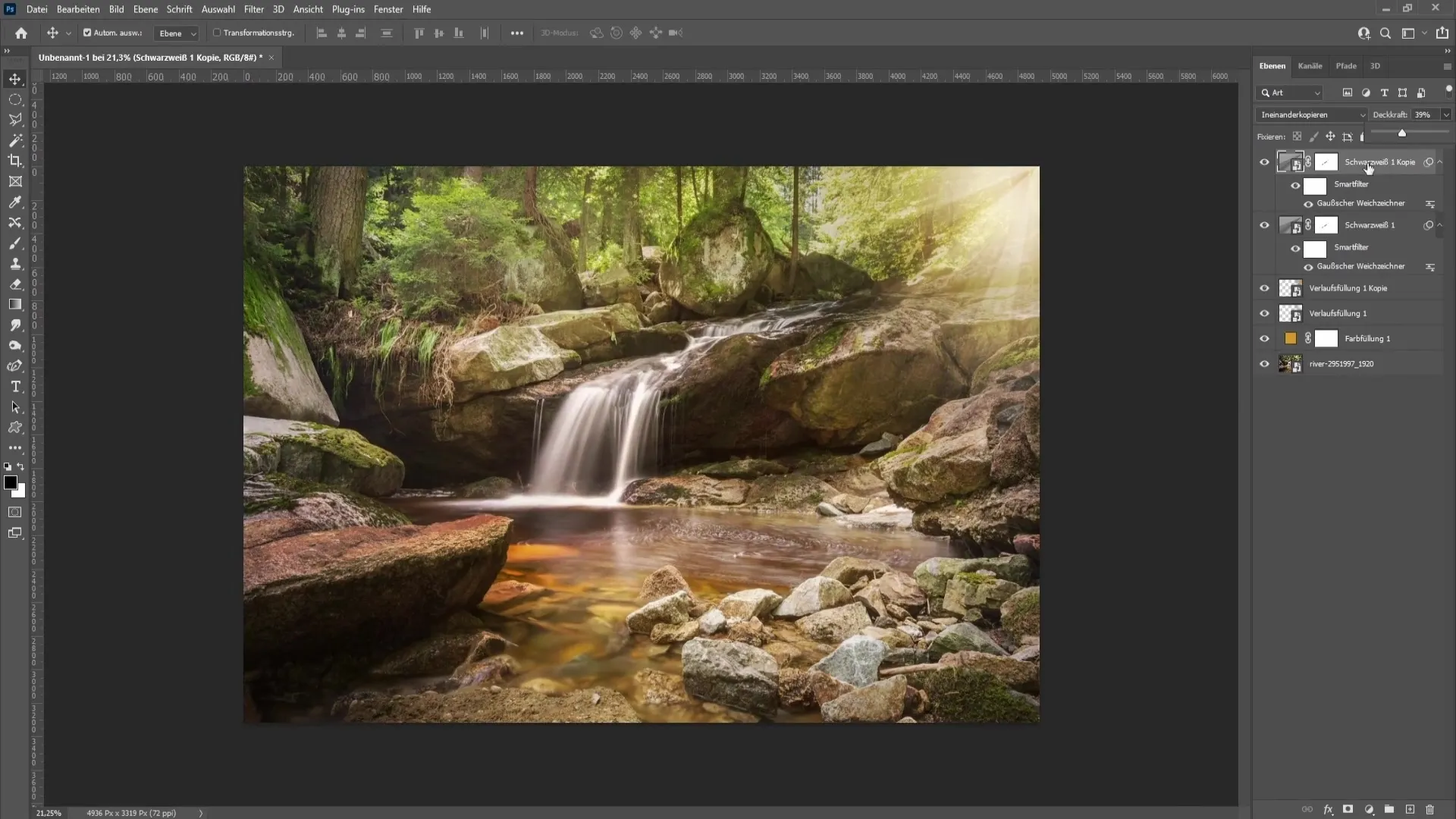
Once you have made all the adjustments and are satisfied with your result, you have successfully created a convincing artificial sun with radiant sun rays in Photoshop.
Summary
In this tutorial, you learned how to create a creative and realistic sun with sun rays in Adobe Photoshop. You have acquired important techniques like color fills, gradient layers, and filters to create vibrant graphics.
Frequently Asked Questions
What do I need to implement this tutorial?You need Adobe Photoshop, a computer, and some creativity.
Can I adjust the colors as I like?Yes, you can change the colors anytime to find your own style.
Are the layer and function settings the same in other versions of Photoshop?The basic functions and settings are similar in most versions of Photoshop, but there may be slight differences.
